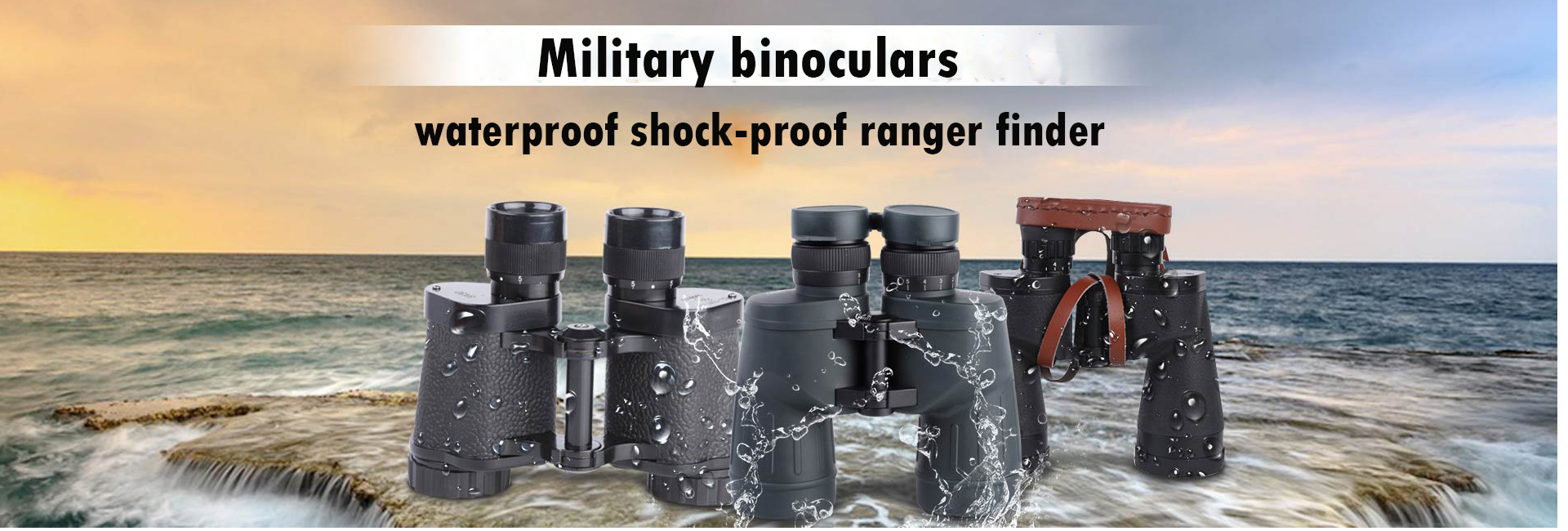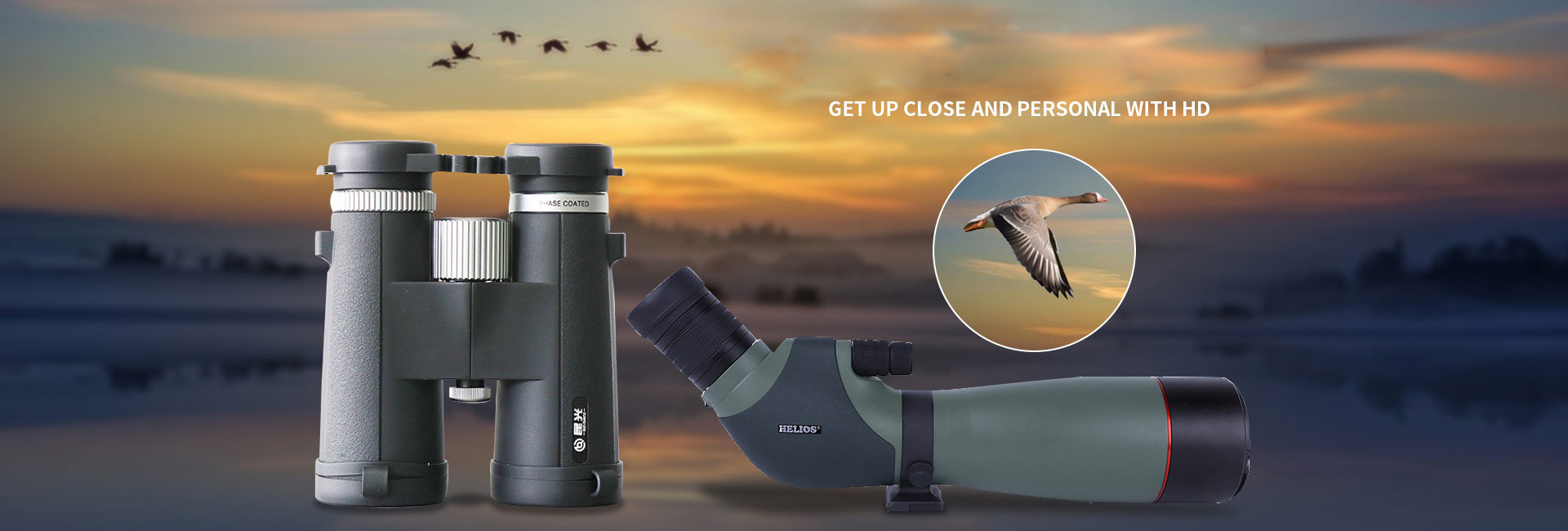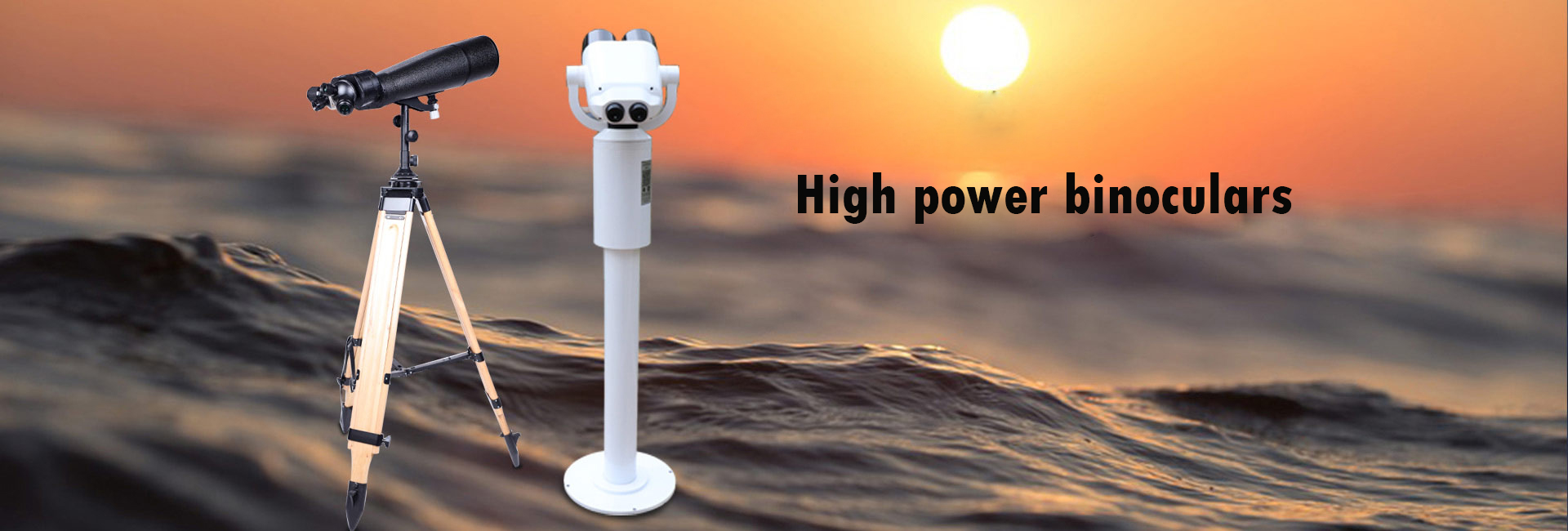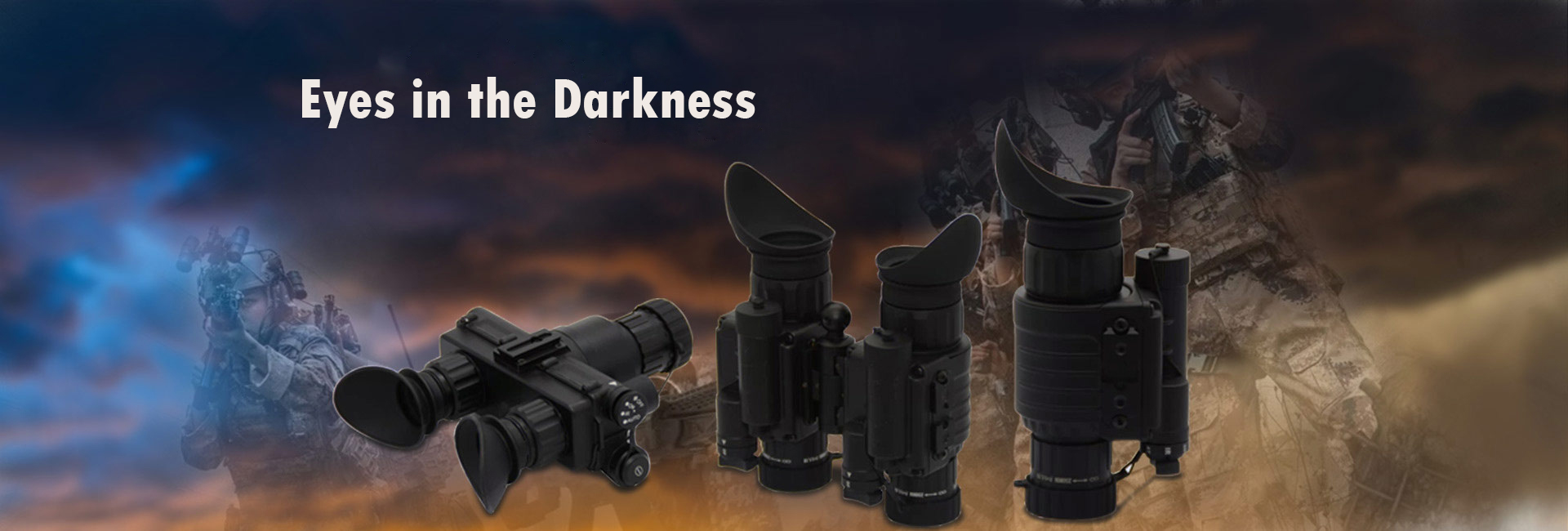
Kunming Kunguang Optoelectronic Technology Co.,Ltd
Telescope manufacturer-Zoom Telescope|Type 62 Telescope|Type 98 Telescope

13211792316
18987291336

Kunming Kunguang Photoelectric Technology Co., Ltd.
- Company News
- Industry Information
Industry Information
How does the lens material of binoculars affect the observation?
The lens material of binoculars is a key factor affecting the observation effect. Different lens materials have different characteristics, advantages and disadvantages, which will have a significant impact on the optical performance and observation effect. In the following, we will discuss the influence of different lens materials on the observation effect from the aspects of optical performance, cost and service life.

Firstly, optical performance is one of the core indicators for evaluating telescopes. The refractive index and dispersion properties of the lens material directly affect the quality of optical imaging. Refractive index is a measure of the speed of light propagation in a material, and a high refractive index means that the light propagation speed slows down and the lens produces more dispersion. Dispersion causes light of different wavelengths to be deflected to different degrees after passing through the lens, leading to the phenomenon of chromatic aberration, which causes rainbow colours to appear at the edges of the image. Therefore, the choice of lens material should consider the balance of refractive index and dispersion properties for better field of view clarity and colour reproduction.
Then, the price and cost of different lens materials will also affect the choice of observation. In general, high quality lens materials cost more, while low cost lens materials may result in reduced optical performance. For example, optical glass is a common lens material with good refractive index and dispersion properties, but is more expensive. On the contrary, plastic lens materials are less costly but have poor refractive index and dispersion properties that may lead to blurred images or colour distortion. Therefore, when choosing a telescope, you need to weigh the advantages and disadvantages of different lens materials based on your personal needs and budget.
In addition, the longevity of the lens material is a factor to be considered. Some lens materials may develop dispersion or contamination after prolonged use, thereby affecting the quality of optical imaging. For example, plastic lens materials are susceptible to external environmental influences and are prone to scratches and deformation, resulting in blurred images. Optical glass, on the other hand, has high durability and resistance to contamination and can maintain good optical performance for a longer period of time. Therefore, choosing lens materials with better service life can improve the service life of binoculars and the durability of observation.
In summary, the lens material of binoculars is an important factor affecting the observation effect. Lenses of different materials have different refractive indices, dispersion properties, cost and service life, which will have obvious effects on optical performance and observation effect. When choosing binoculars, you need to balance the advantages and disadvantages of different lens materials according to your personal needs and budget, in order to get better field of view clarity and colour reproduction, and to ensure that the binoculars have a long service life.

















